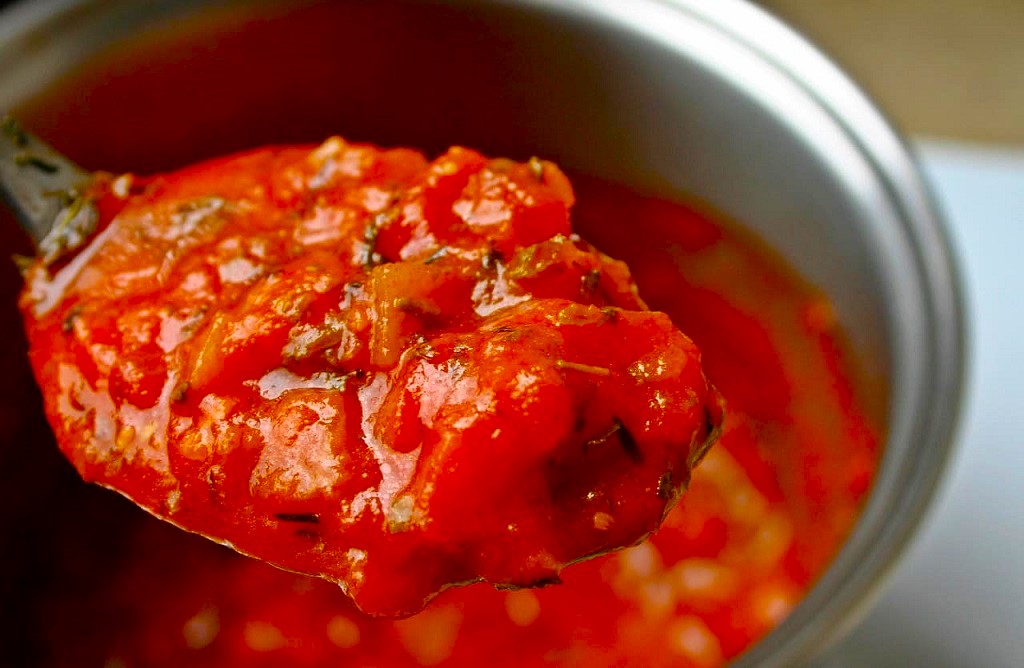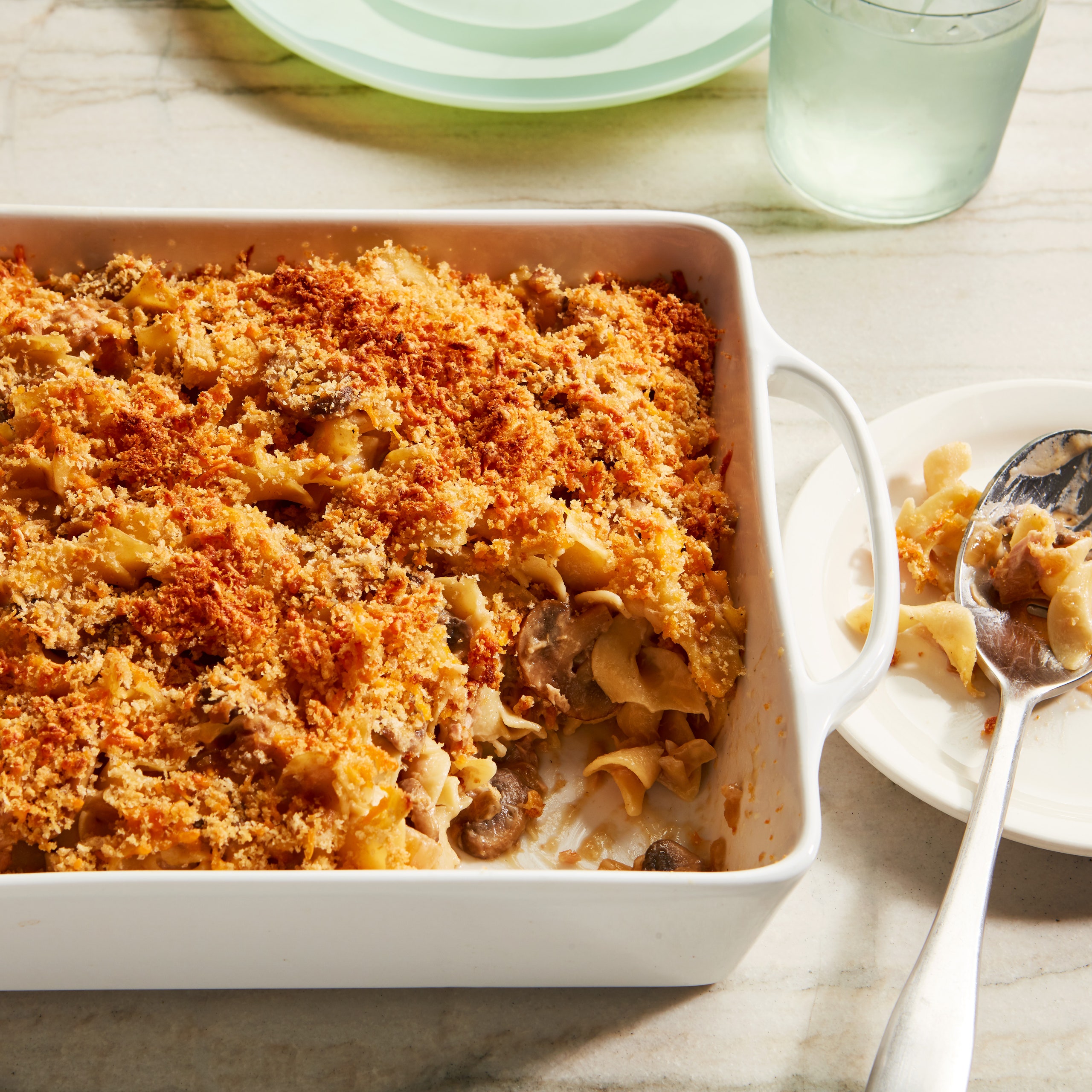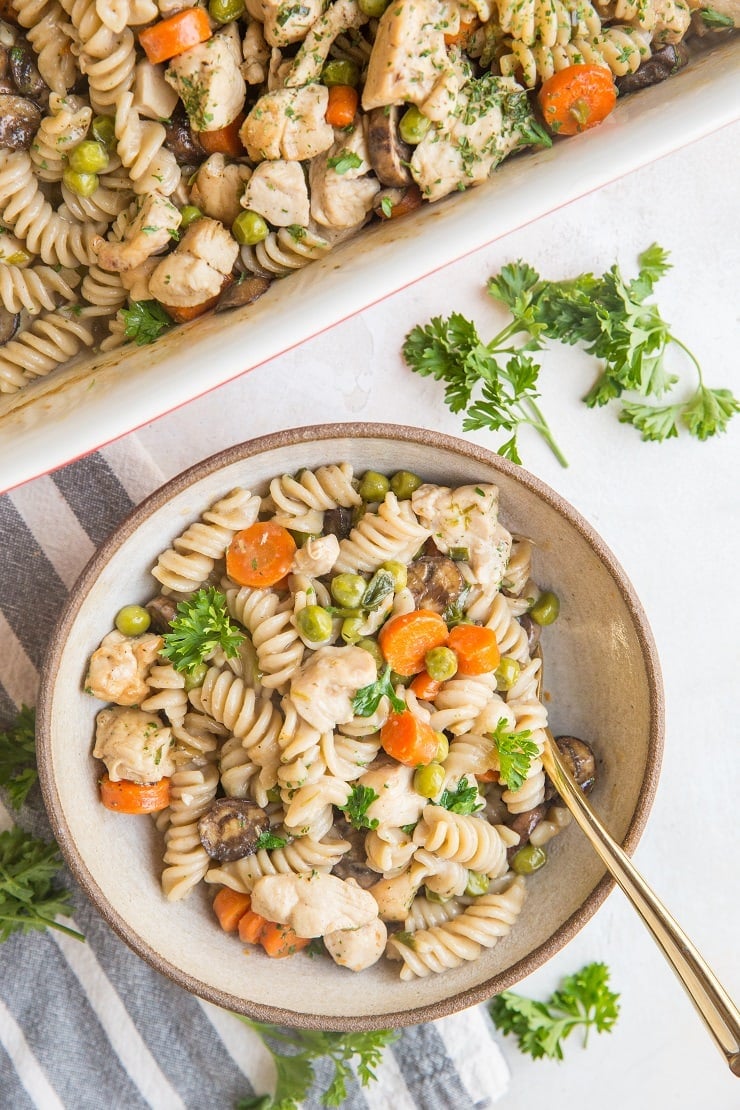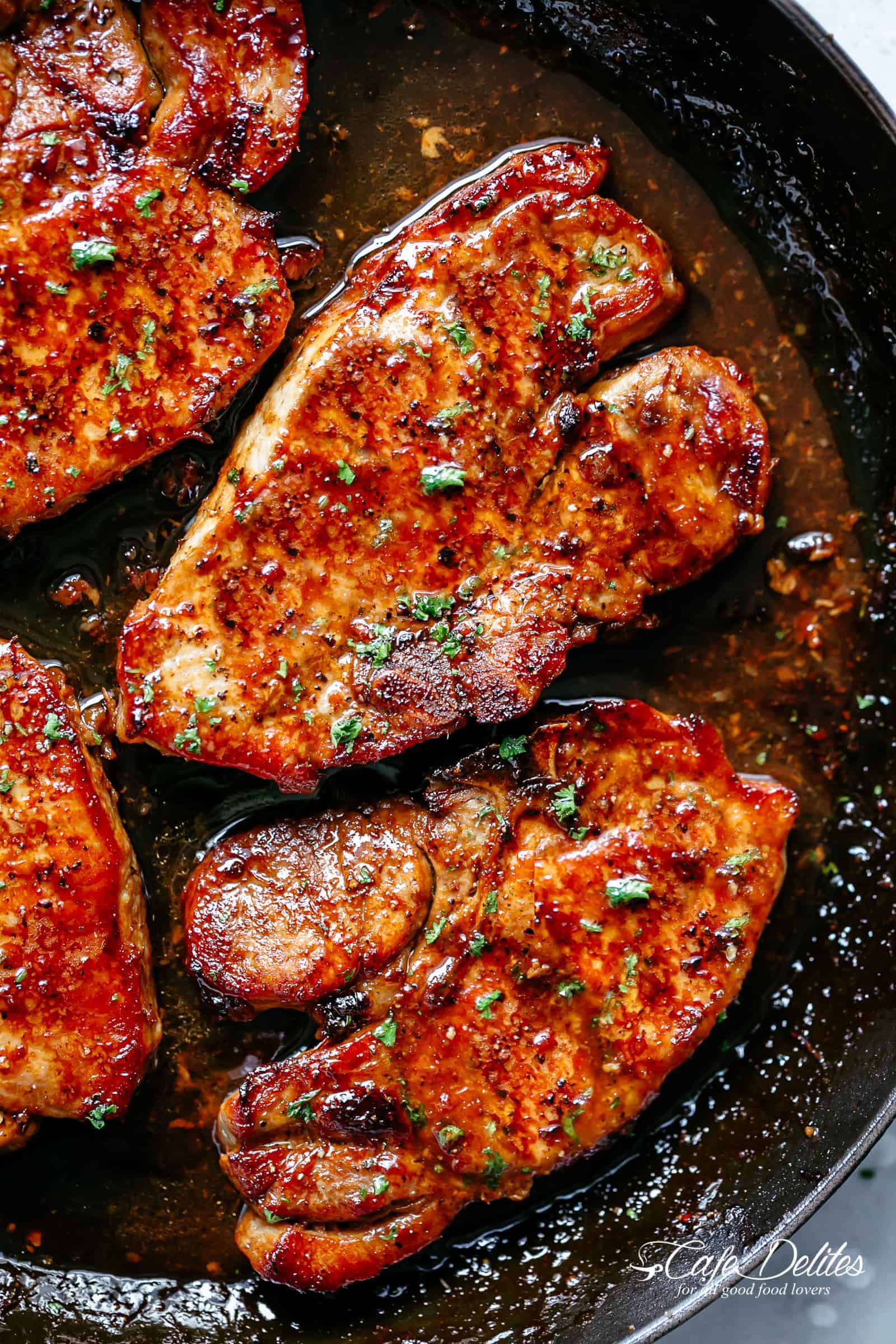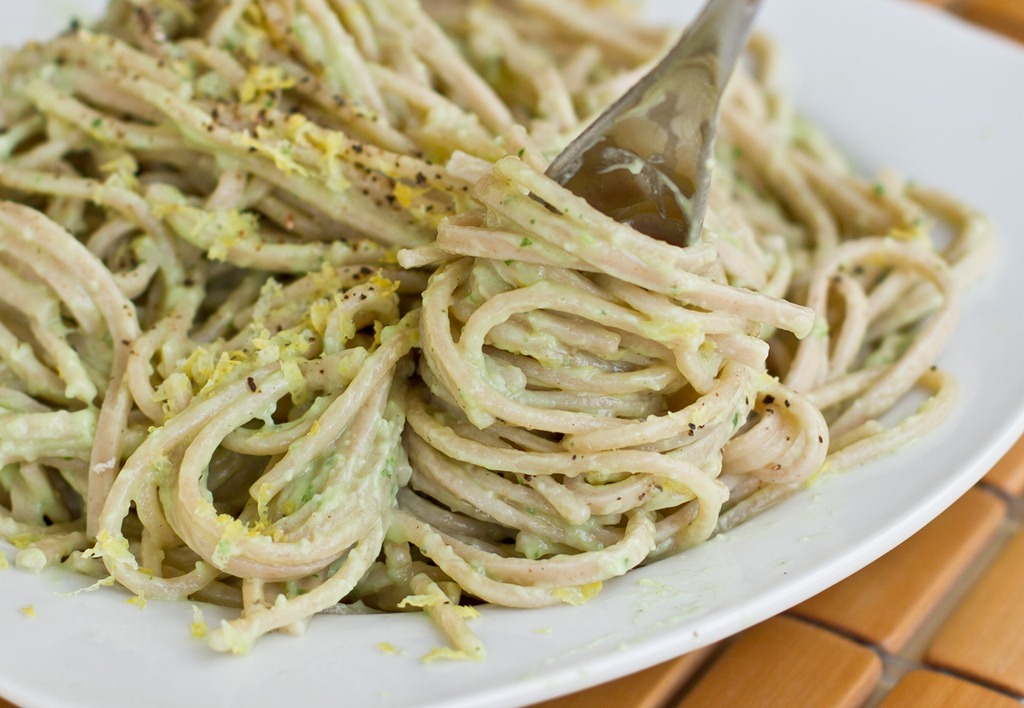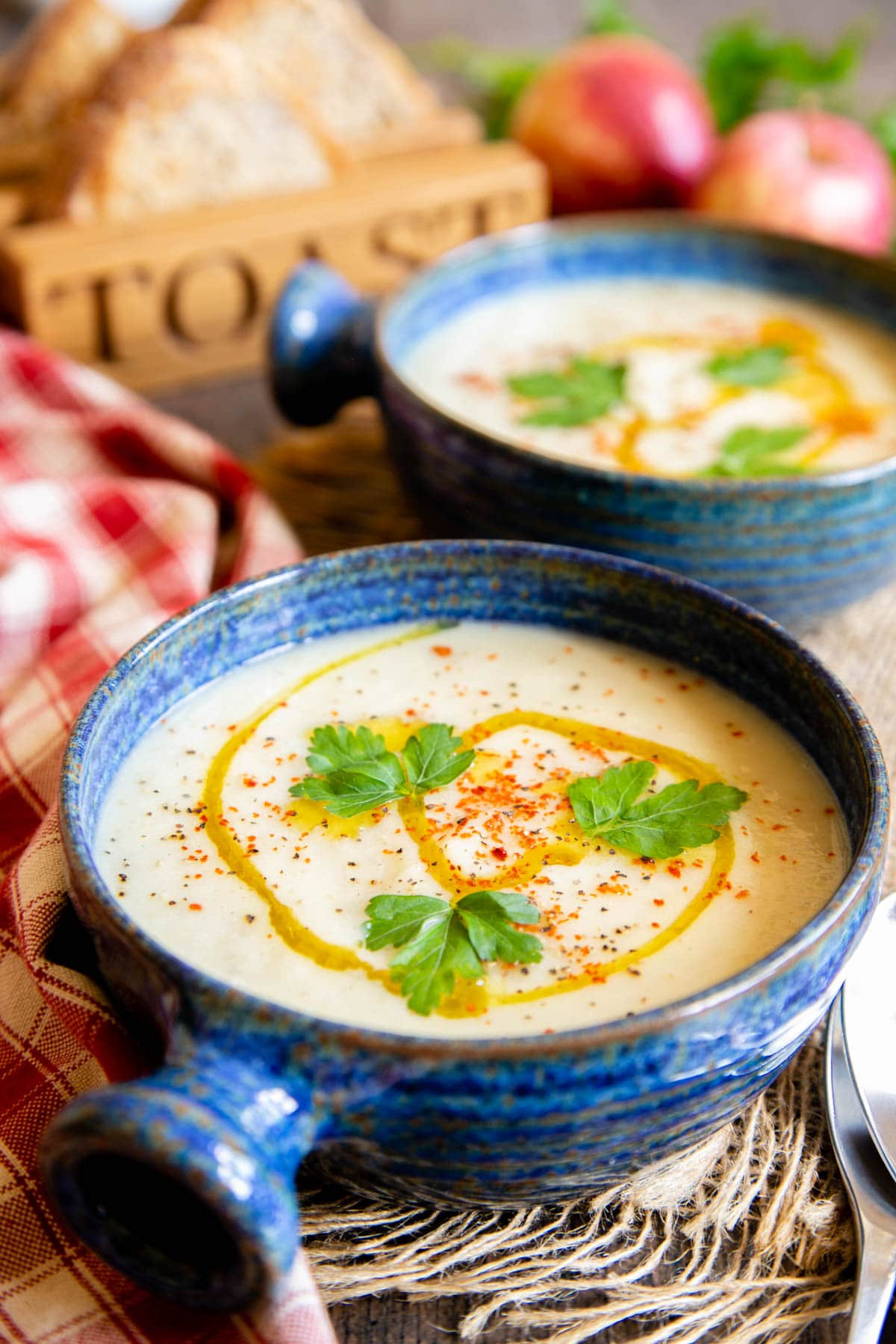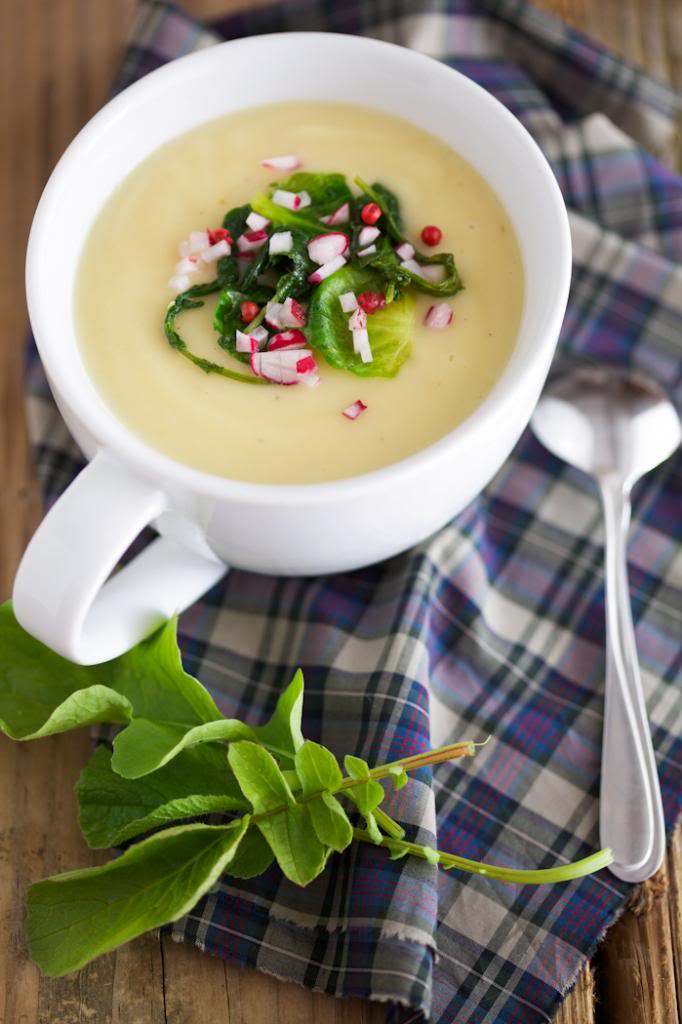How Long Does Pasta & Pasta Sauce Last in the Fridge?
Have you ever wondered just how long is pasta good for in the fridge or how long spaghetti last in the fridge? The world of culinary delight is filled with flavors, textures, and mysteries, and understanding the lifespan of your favorite pasta dishes is key to enjoying them at their best. From the subtle nuances of linguine to the hearty embrace of penne, the longevity of your pasta stash varies. But don’t forget the sauce! How long is spaghetti good for in the fridge when paired with a rich meat sauce?
In this gastronomic journey, we will unravel the secrets of food preservation, delve into the science of freshness, and equip you with the knowledge you need to savor every bite. So, if you’re ready to take your kitchen prowess up a notch, read on to discover the answers to these intriguing questions and take decisive action to optimize your pasta indulgence.
The Great Pasta Preservation Debate
Before we dive into specifics, let’s talk about why we even need to think about how long pasta and pasta sauce can last in the fridge. You see, our fridges are like culinary time capsules, preserving our favorite dishes and ingredients until we’re ready to savor them again. But like all good things, there are limits.
Think of your fridge as the Fort Knox of the food world. It’s designed to slow down the spoiling process, not halt it entirely. So, while it can extend the shelf life of your pasta and sauce, it can’t do it indefinitely. Just like a superhero with a limited power supply, it has its limits.
Now, let’s break it down into bite-sized pieces (pun intended).
Pasta in the Fridge
Okay, let’s start with pasta, that glorious carb-laden canvas that can be transformed into countless delicious dishes. Whether it’s spaghetti, fettuccine, penne, or any other pasta shape, it can be a fridge’s best friend when stored correctly.
1. Freshly Cooked Pasta: When you’ve just cooked a batch of pasta and you’re not planning to eat it all at once, it’s important to cool it down quickly. Rinse it under cold water to stop the cooking process and prevent it from turning into a mushy mess. After that, toss it with a bit of olive oil to prevent sticking and store it in an airtight container in the fridge. Freshly cooked pasta can last for 3-5 days in the fridge.
2. Leftover Pasta Dishes: If your pasta is part of a delicious dish, like spaghetti with meatballs or fettuccine alfredo, store the entire meal in an airtight container. Pasta dishes with sauce and other ingredients can typically last for 3-4 days in the fridge. Just remember that the clock starts ticking from the day you cooked the pasta, not when you enjoyed the meal.
3. Dry Pasta: If you have uncooked, dry pasta in its original packaging, you’re in luck! Dry pasta is a long-lasting pantry staple that can sit comfortably in your cupboard for months or even years, well beyond its “best by” date. No need to clutter up your fridge with this one.
Pasta Sauce in the Fridge
Now, let’s talk about the sauce – that rich, flavorful concoction that gives life to your pasta. Whether it’s a simple tomato sauce or a creamy alfredo, you’ll want to know how to keep it fresh in the fridge.
1. Homemade Pasta Sauce: If you’ve crafted a homemade pasta sauce, congratulations! It’s a labor of love. To store it in the fridge, let it cool to room temperature first. Then, transfer it to an airtight container and refrigerate. Homemade pasta sauce can last for about 4-5 days in the fridge. If you have more than you can use within that time, consider freezing it for longer storage.
2. Store-Bought Pasta Sauce: If you’ve opted for the convenience of store-bought pasta sauce, you can still keep it fresh in the fridge. Just like homemade sauce, transfer it to an airtight container and refrigerate it. Store-bought pasta sauce typically has a slightly longer shelf life than homemade, lasting around 5-7 days in the fridge after opening.
3. Creamy Sauces: Be cautious with creamy pasta sauces, like alfredo or carbonara. They contain dairy and are more perishable than tomato-based sauces. Creamy sauces can last for 3-4 days in the fridge, so consume them promptly.
The Importance of Airtight Containers
Throughout this journey into pasta preservation, you may have noticed a recurring theme: the use of airtight containers. These containers are your best friends when it comes to keeping your pasta and sauce fresh.
Imagine your pasta and sauce as precious treasure, and the airtight container as the impenetrable vault. It keeps the flavors locked in and the harmful fridge odors out. So, invest in some quality airtight containers if you haven’t already; they’re worth their weight in gold when it comes to food storage.
The Freezing Option
Alright, we’ve covered the fridge, but what if you want to extend the life of your pasta and sauce even further? Freezing is your superpower in this scenario. It’s like putting your food in a cryogenic chamber, preserving it for the distant future.
Freezing Pasta: You can freeze both cooked and uncooked pasta. For cooked pasta, allow it to cool completely, then place it in an airtight container or a freezer bag. Don’t forget to label it with the date to keep track of its freshness. Cooked pasta can last in the freezer for up to 2-3 months without losing its quality. When it’s time to enjoy it again, simply thaw it in the fridge overnight or reheat it directly from frozen in boiling water.
Freezing Pasta Sauce: Pasta sauce is also a freezer-friendly champ. Whether it’s homemade or store-bought, transfer it to a freezer-safe container, leaving some room for expansion. Freeze sauce for up to 3-4 months. To thaw, place it in the fridge overnight or use the defrost function in your microwave.
Don’t Forget About Pasta Texture
Now, let’s talk about pasta texture because nobody wants a plate of mushy noodles or a dry, overcooked mess. When reheating pasta, whether from the fridge or the freezer, a little TLC can go a long way.
Reheating Pasta: If you’re reheating pasta from the fridge, add a splash of water or a drizzle of olive oil to the pan to help rehydrate it. If it’s coming from the freezer, you can reheat it in boiling water or use the microwave. Be sure not to overcook it, as it can become mushy.
Reheating Pasta Sauce: To revive the lusciousness of pasta sauce, gently warm it on the stove over low heat. Stir occasionally to prevent it from sticking to the bottom of the pot. If you find it’s too thick, you can add a bit of broth, water, or even a splash of wine to achieve your desired consistency.
FAQs
Now that we’ve covered the basics, let’s dive into some common questions about storing pasta and pasta sauce:
1. Can I leave cooked pasta on the countertop?
No, it’s not safe to leave cooked pasta at room temperature for extended periods. Bacteria can grow rapidly in cooked pasta left out for more than two hours, so it’s best to refrigerate it promptly.
2. Can I freeze pasta with sauce?
Yes, you can freeze pasta with sauce. Just ensure both the pasta and sauce are properly cooled before freezing, and use a freezer-safe container or bag.
3. Can I reheat pasta sauce in the microwave?
Absolutely! Microwaving is a convenient way to reheat pasta sauce. Just use a microwave-safe container and heat it in short intervals, stirring in between, to ensure even heating.
4. How can I tell if pasta has gone bad?
If pasta develops an off smell, strange texture, or unusual color, it’s best to discard it. Trust your senses when determining the freshness of your pasta.
5. Can I store pasta and sauce together in the fridge?
While you can store pasta and sauce together, it’s often better to keep them separate. This allows you more flexibility in using each component, and it can help maintain the pasta’s texture.
In conclusion
In the tantalizing world of pasta and pasta sauce, knowledge is your culinary compass. Now that we’ve delved into the depths of how long is pasta good for in the fridge, dissected the mysteries of how long spaghetti lasts in the fridge, and uncovered the secrets of how long is spaghetti good for in the fridge, it’s time to seal the deal on your fridge-bound Italian delights. The clock ticks, but fret not. By adhering to storage guidelines, you can savor the flavors of your favorite dish. So, when you’re eyeing that container of pasta and pondering how long spaghetti lasts in the fridge, or considering the longevity of your delectable meat sauce, remember: Knowledge empowers you to elevate your culinary creations. It’s time to take action, embrace freshness, and relish every pasta-laden moment. Bon appétit!




